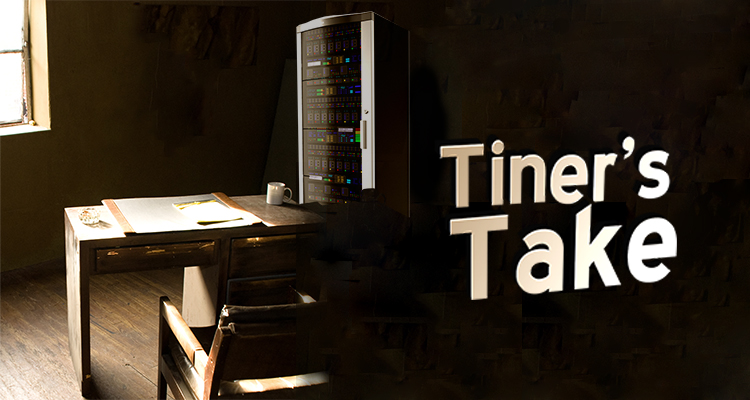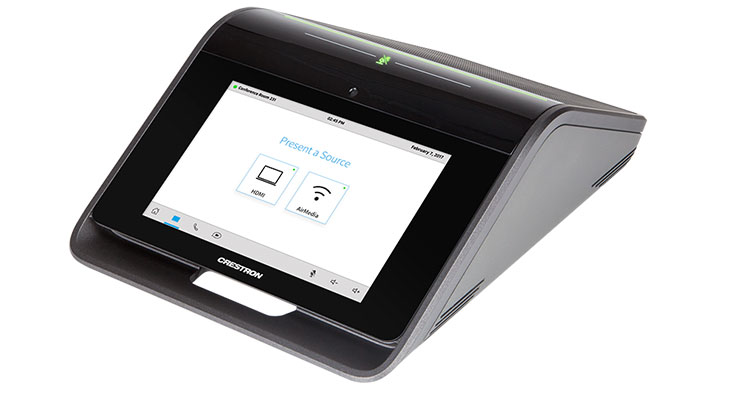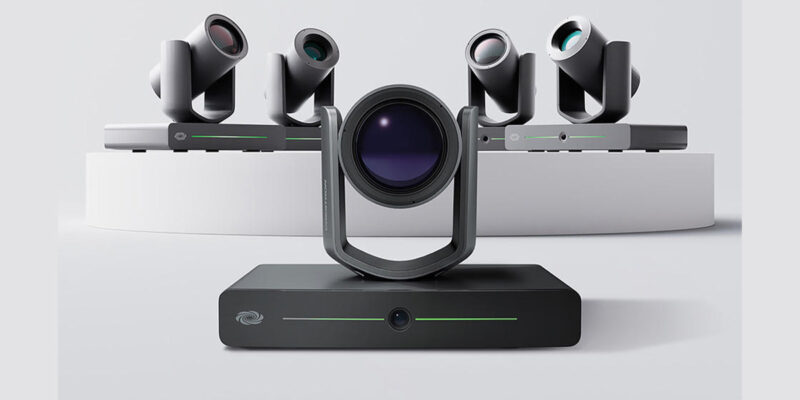Crestron’s Mercury Is THE Conference Room Solution
 Editor’s note: Scott Tiner is a technology manager at Bates College, which often uses Crestron products. This article is not a sponsored post and contains Scott’s personal opinions about Crestron Mercury after working with it at his institution.
Editor’s note: Scott Tiner is a technology manager at Bates College, which often uses Crestron products. This article is not a sponsored post and contains Scott’s personal opinions about Crestron Mercury after working with it at his institution.
When companies launch new products, they always focus on major features of that product. Sometimes however, it is the “add-on” features that catch my attention right off the bat. For Crestron Mercury, it was the Bluetooth connection features. Just a few days before seeing Mercury, I was stuck in a room trying to do a teleconference. For some reason, the telcom box was not communicating with the Crestron processor. Of course, because everything was programmed, and the equipment was stuck in a rack, there were no manual options for me to use to make the call. I remember thinking about trying to use my cell phone on speaker in the middle of the room. With Mercury, the problem wouldn’t have existed. It features a Bluetooth receiver that allows you to connect to your cell phone and use the speaker and microphone built into the Mercury.
Of course, Mercury also has built-in VoIP technology. This allows the device, which is the size of a conference phone, to act as a conference phone. The fact that the product features VoIP instead of a POTS line at first threw me off. After all, lots of places still use plain old telephone lines. However, using VoIP gives you an extreme degree of flexibility. Modern Ethernet networks allow you to connect devices in any active connection and the network hardware determines the correct VLAN on the network for that device. This allows you to move the Mercury to different locations and quickly get it up and running.
 Another feature that really attracted me was the built in video conferencing features. As an add on feature, you can add a video camera to the device. The camera is a Logitech webcam and has a neat little cover that can go over the camera for privacy. At my college, we have seen a continued and growing use of video conferencing. During the last academic year, we supported over one hundred Zoom calls, and those are the ones that people called and asked us for support with. We know that many clients went ahead and scheduled meetings on their own as well. Mercury’s interface is extremely easy to use and we expect that it will cut down on the number of trouble calls we get, along with cutting down on the number of “Can you set this up for me?” calls. At Bates we use Zoom; that along with several other videoconferencing applications are included in the Mercury. With this added feature, you can participate in video conferences without any computer.
Another feature that really attracted me was the built in video conferencing features. As an add on feature, you can add a video camera to the device. The camera is a Logitech webcam and has a neat little cover that can go over the camera for privacy. At my college, we have seen a continued and growing use of video conferencing. During the last academic year, we supported over one hundred Zoom calls, and those are the ones that people called and asked us for support with. We know that many clients went ahead and scheduled meetings on their own as well. Mercury’s interface is extremely easy to use and we expect that it will cut down on the number of trouble calls we get, along with cutting down on the number of “Can you set this up for me?” calls. At Bates we use Zoom; that along with several other videoconferencing applications are included in the Mercury. With this added feature, you can participate in video conferences without any computer.
Finally, Mercury also offers the ability to connect to a display. It has a built in AirMedia device, along with an HDMI input. This allows anyone to bring a computer and connect it wirelessly or by plugging directly into the HDMI. Additionally, there is a USB connection that allows you to use your computer’s camera and microphone, with the Mercury system.
All of this is controlled by the touch panel interface on the front of the mercury. The Mercury also includes RS232 and IR to control a display device. In the end, this product is actually a complete conference room. In some situations, you could install this in a conference room and not need a display. In that room, one piece of equipment is literally the entire room. In a room that needs some video conferencing or computer display features, you need to install a display. In that room, you need ONLY those two pieces of technology.
Last fall we installed a new conference system in a conference room in my office building. It has a television, mac mini computer, HD video camera, speakers, control panel, Kramer VIA, USB bridge and a touch panel. The install cost over $9,000. All of this could (except the monitor) have been replaced with one Mercury at an MSRP of $3,200.
Two minor suggestions for changes would be to add a USB port (or extension cable) that is easily accessible for charging a cell phone and to allow programming to the interface, specifically so that customers can add a help button, or use colors and themes that are consistent with an institution. Even without these changes this is a solid product that not only would work in conferences rooms, but could also serve many classrooms in higher ed and K-12. Integrators should stock up on Mercury, as it should be a very easy sell.






One thought on “Crestron’s Mercury Is THE Conference Room Solution”
Comments are closed.